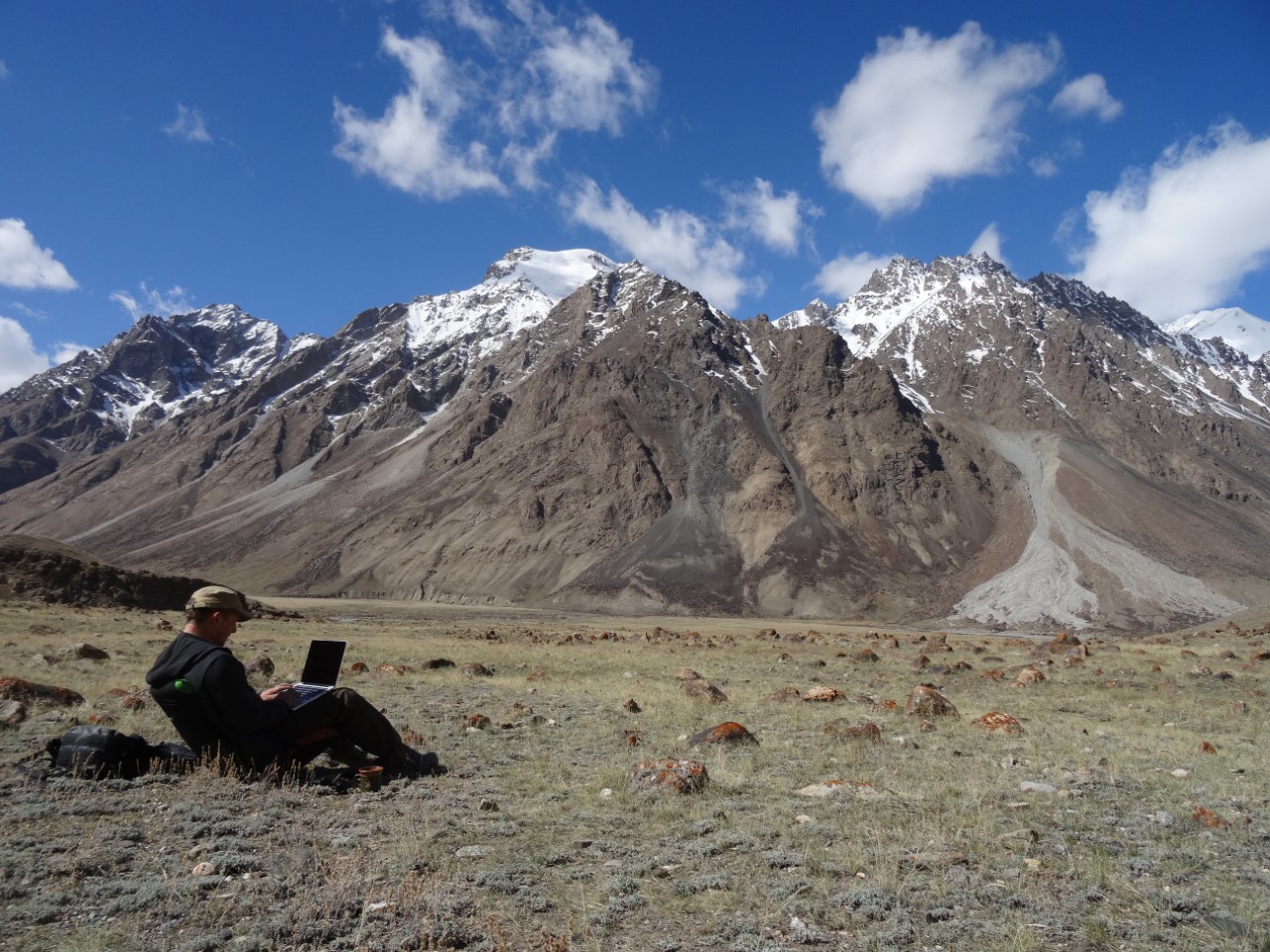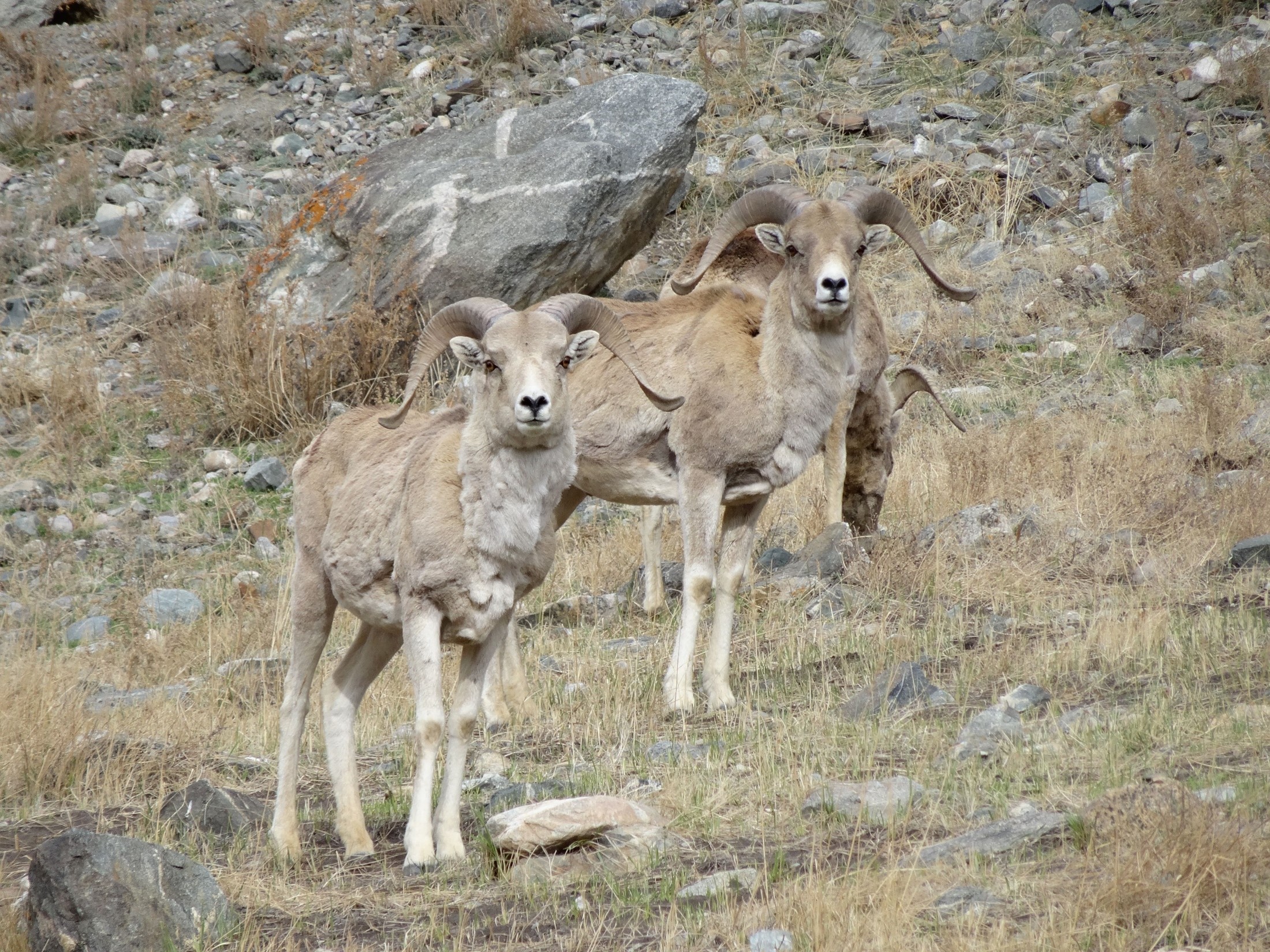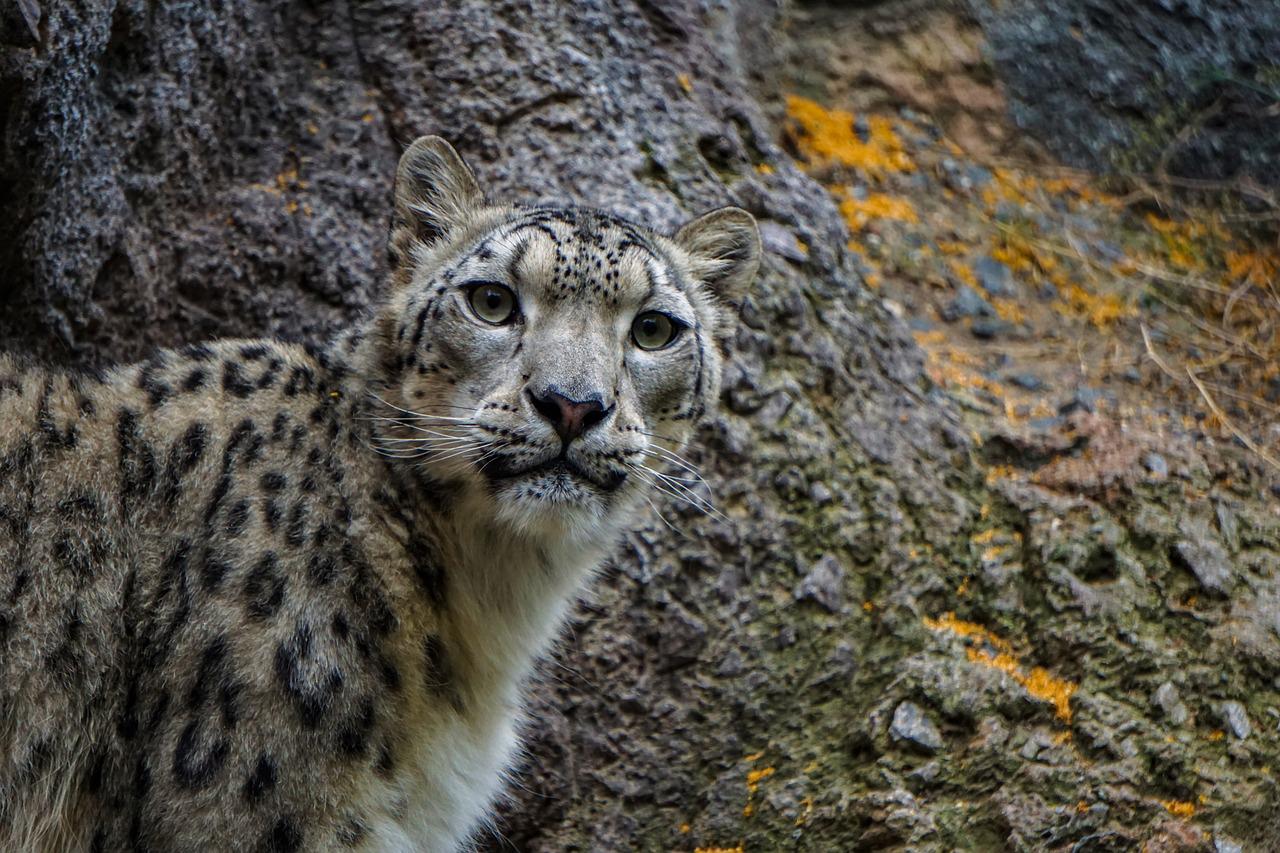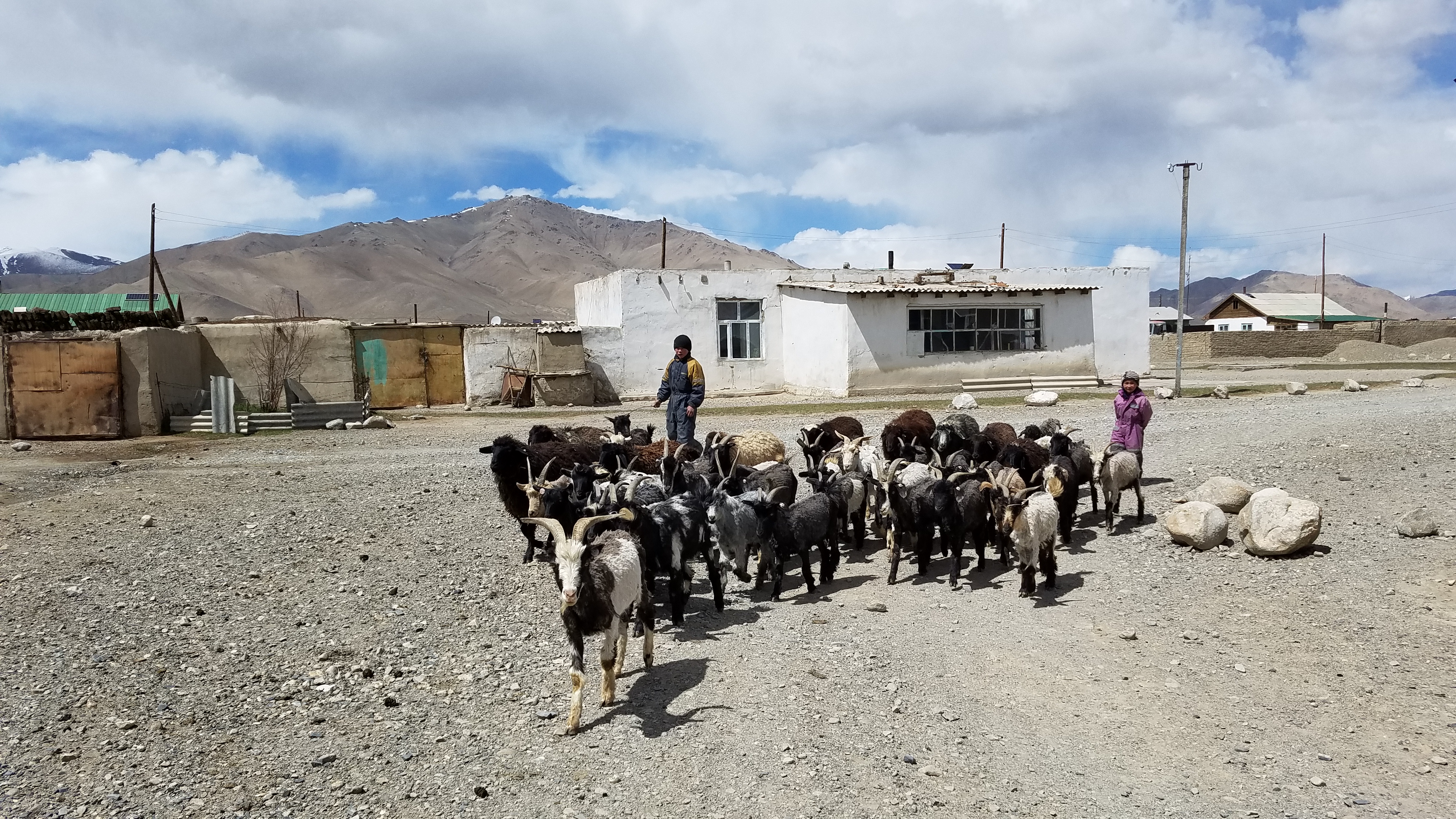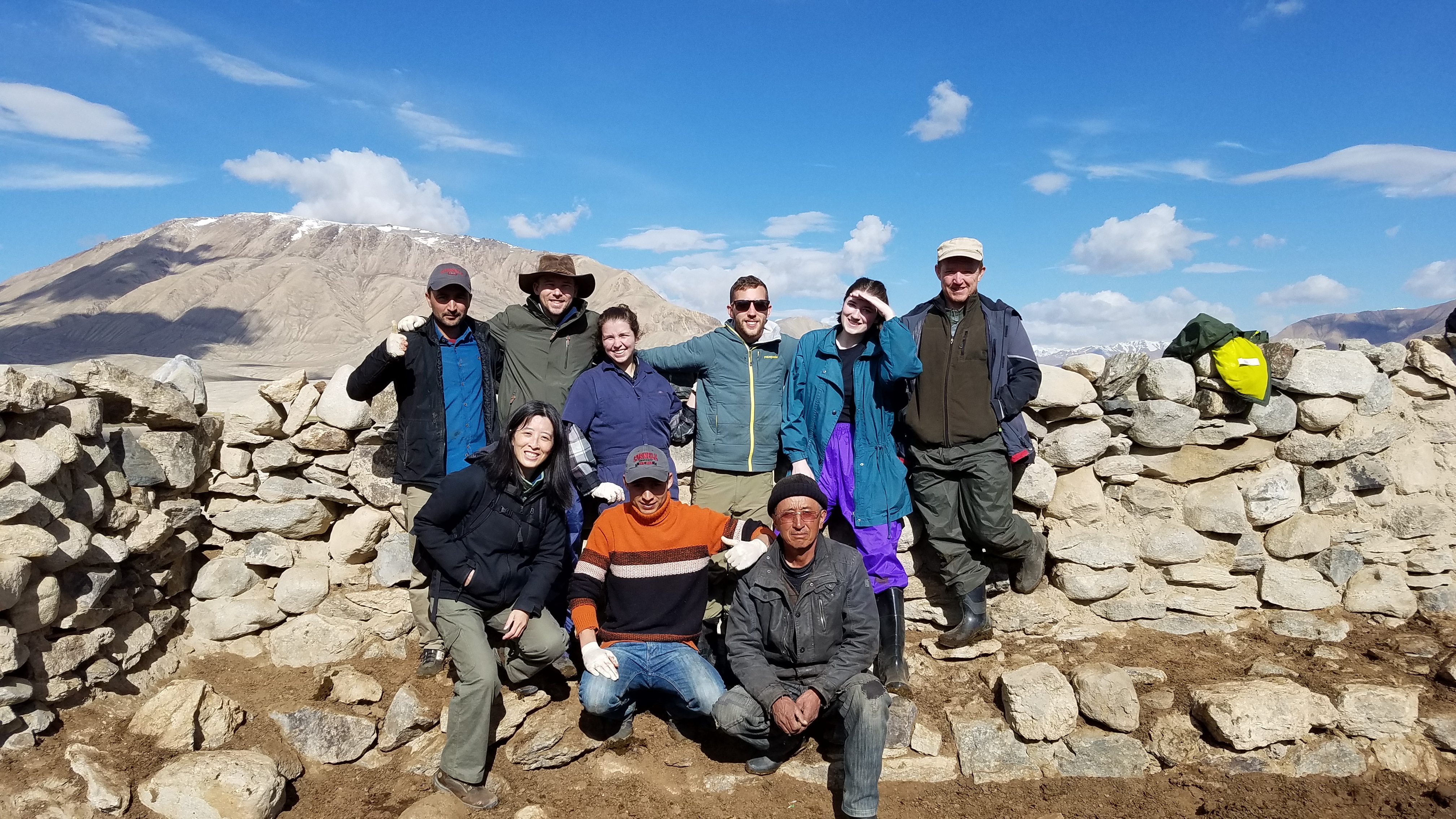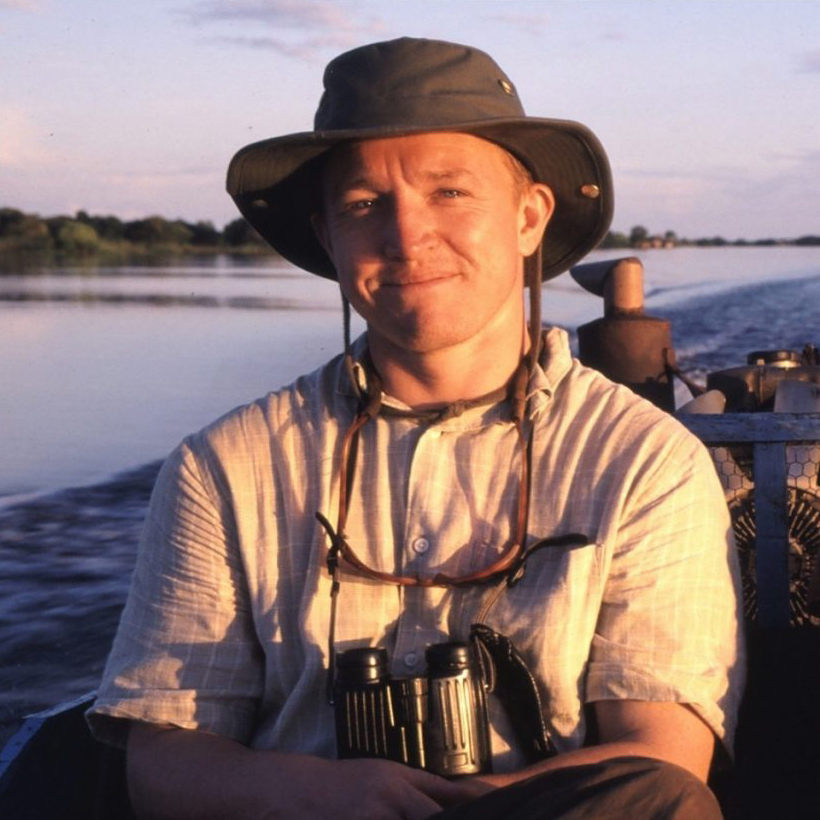The Genesis of a New Project on the Roof of the World
It all started with an unexpected text message - “Do you know of any veterinarians willing to assist a snow leopard collaring project in a remote corner of eastern Kyrgyzstan?” One jumped immediately to mind…me! It was 2016 and I was nearing the end of my PhD research. With much of my thesis still unwritten, this seemed like a great opportunity to disconnect from the world, withdraw from all distractions and get some writing done. So, after airing out my tent, downloading several gigabytes of reference material, and dusting off a solar panel to charge my laptop, I headed off-grid to the Tian Shan mountains to catch a snow leopard and write my PhD thesis!
Catching a snow leopard requires patience and plenty of time. Days and nights spent waiting for traps to spring in the most glorious of remote surroundings. There were daily visits to check and maintain traps, hikes to locate precarious leopard kill sites and equipment to maintain and keep in good working order. That still left plenty of time for writing, and I spent long hours in my camp chair, contemplating the grandest of vistas and composing my chapters in the company of wild argali sheep and shrieking marmots.
My research had focused on Amur tiger populations in far off Russia and their vulnerability to infection with canine distemper virus. I’m a slow writer and each sentence took time to craft. Inevitably my mind kept drifting to the towering walls of stone above me and the snow leopards hidden in those endless crags – what of them?
Up there in these inhospitable mountains they’d rarely encounter other leopards, dogs or any carnivores capable of passing on the distemper virus. For them, the risk of infection seemed minimal. But disease could impact them in other ways. Outbreaks often decimate the herds of ibex and argali on which snow leopards rely for their prey. These wild relatives of our domestic goats and sheep often succumb to infections contracted from mountain livestock herds. Identifying the pathogens of greatest risk to wild mountain ungulates would be an important first step to designing measures to reduce disease outbreaks and secure vital prey resources for snow leopards.
A year later, and I was in the Pamir Mountains accompanying colleagues from the Association of Nature Conservation Organizations of Tajikistan. Together we were visiting mountain villages where residents oversee two community-managed wildlife conservancies called Parcham and Burgut. These innovative ventures empower communities to manage land for wildlife conservation and generate revenues to help support the needs of local people. The communities organize ranger patrols to protect the wildlife. As wild herds of mountain ungulates recovered, carefully regulated hunting of old males generates income to support community initiatives such as health clinics, improved roads, and other new infrastructure. Wild herds had flourished as a result, with ibex numbers in Burgut increasing from 200 to 728 between 2012 and 2015, and argali from 100 to 508 in that same period.
Our plan was to work with the conservancies, distributing simple filter-paper kits that could be used by the hunting guides to opportunistically collect blood samples from animals that were being legally hunted. These could then be analyzed in the lab to determine the pathogens to which wild populations are exposed.
Despite their successes, the conservancies still face challenges. In particular, the land at these high altitudes is relatively unproductive, and local families still rely on livestock for food and income. Both wildlife and livestock compete for the same sparse grazing resources and so measures to favor one side inevitably impact the other. Only by resolving these quandaries can we balance the needs of wildlife with those of local herding families and thus ensure that the conservancies remain viable in the long term.
And so, this project was born...
Our plan was to work with the local herding families and their animals over the course of a single year to understand the agricultural and economic challenges they face. Herding income relies as much on economics and marketing as on husbandry and health, and so we wanted to build a team with a diverse set of skills to compile a holistic picture of all aspects of managing mountain livestock, from lambing pen to pasture to market and ultimately to plate.
Our objective was to identify ways that we might improve animal health, boost productivity and market efficiency, and increase income while reducing the ecological impacts of livestock herding. We recognized that we could never hope to understand a way of life in a single year, and that many of our initial ideas might not work for a whole variety of reasons. Therefore, the last crucial step would be to take our ideas back to the communities for their critique, to reject those that will never work and help us refine those with potential, leaving us with future interventions that we could implement together for the benefit of the communities and wildlife alike.
This project was supported and funded by these partners and donors:
- Burgut community-based conservancy
- Parcham community-based conservancy
- Association of Nature Conservation Organizations of Tajikistan
- Panthera
- Ilbirs Foundation
- Veterinary Institute of the Tajik Academy of Agricultural Sciences
- Kyrgyz Research Institute of Veterinary named after A. Dysheev
- Department of Biodiversity, Conservation and Protected Areas, Kyrgyzstan
- Nossal Institute for Global Health at the University of Melbourne, Australia
- Wild Sheep Foundation
- Cornell Atkinson Center for Sustainability
- Trust for Mutual Understanding
- Cornell Wildlife Health Center
- Generous donations from two private donors
As the Cornell Wildlife Health Center's Wild Carnivore Health Specialist, Dr. Martin Gilbert leads and develops projects focused on understanding how disease affects populations of large carnivores and their prey species, and uses findings to identify practical measures to improve conservation and development outcomes.
To follow this blog series and receive updates when new blogs are posted, add your email in the Subscription box on this page!

